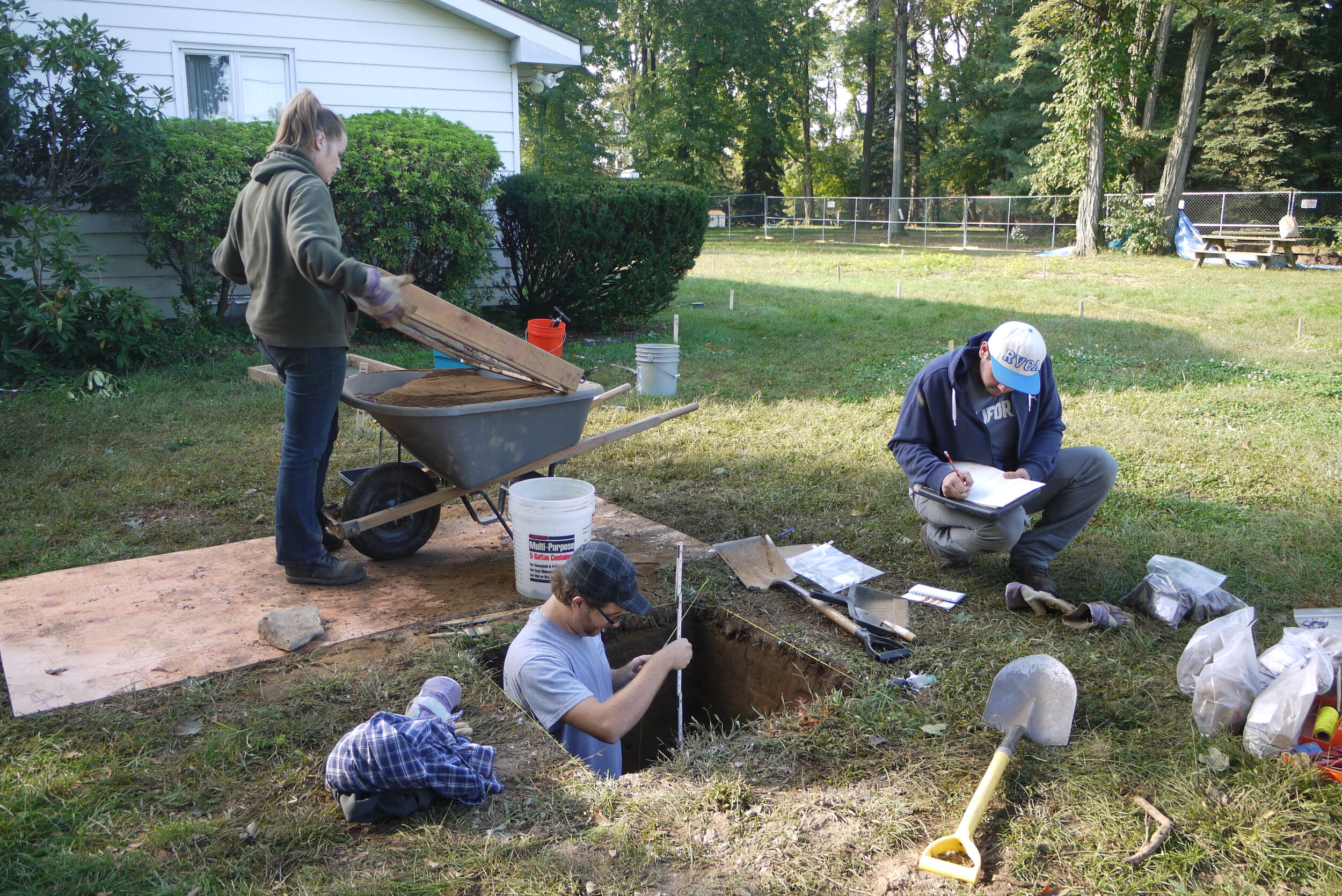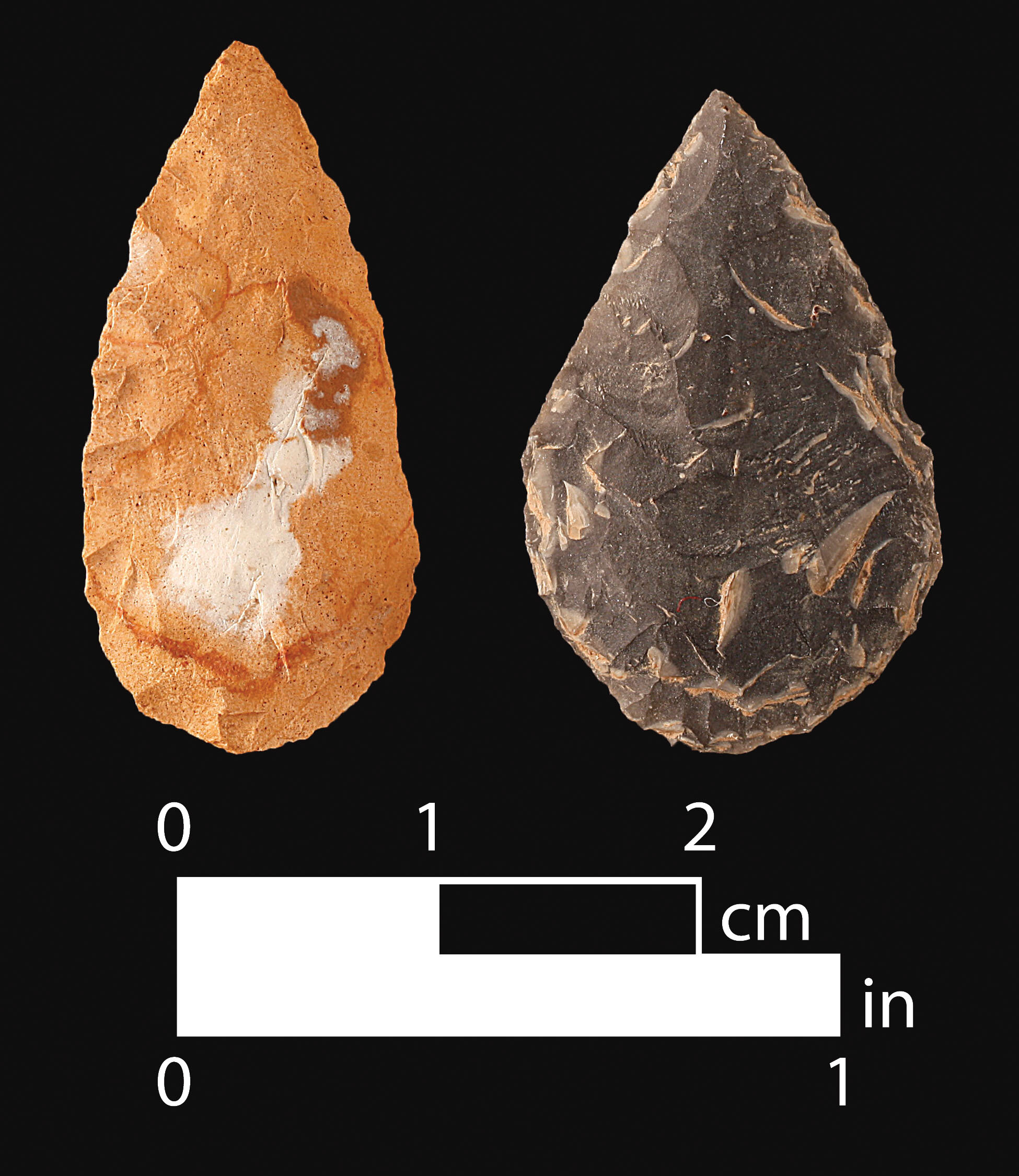Abbott Farm National Historic Landmark
Hamilton Township, Mercer County, New Jersey
In 2008 and 2012-14, Phase II archaeological survey followed by Phase III archaeological data recovery and monitoring were conducted at the Tulpehaking Nature Center property in Hamilton Township, Mercer County, New Jersey, in conjunction with the County of Mercer’s expansion and conversion of an early 1960s residence into a community-based educational and recreational facility. Archaeological work was completed in compliance with New Jersey Register of Historic Places law since the property is publicly owned and located within the Abbott Farm National Historic Landmark (AFNHL). The AFNHL contains some of the best-known and most consequential prehistoric archaeological resources on the eastern seaboard of the North American continent.
Archaeological work aimed to mitigate the unavoidable adverse effects of new construction on significant Native American archaeological remains that were found on the nature center property. The project went through an extensive process of redesign between 2008 and 2012 to reduce the zone of construction impact and minimize the effects of construction and landscaping on archaeological resources. All new construction was ultimately designed to be supported on concrete piers, as opposed to concrete slab foundation, while landscaping entailed the use of fill and berms in order to protect buried remains. Archaeological data recovery was focused primarily on manually “pre-excavating” a series of pits into which the formwork and concrete piers for the new construction were eventually set.
The archaeological work yielded important data concerning Native American occupation in the Delaware Valley region, mostly relating to the Woodland period, circa 1,000 B.C. – A.D. 1600 and with a particular emphasis on the Early and Middle Woodland periods, circa 1,000 B.C. – A.D. 900. A total of 13 cultural features were identified: nine shallow pits and four separate locations where a charcoal-flecked, artifact-rich deposit was interpreted as evidence of one or more activity areas within a campsite. More than 13,500 Native American artifacts were recovered, mostly comprising lithic tools and debitage and thermally altered rock, but also including several hundred sherds of pottery, some of distinctive types commonly found at the Abbott Farm site.






